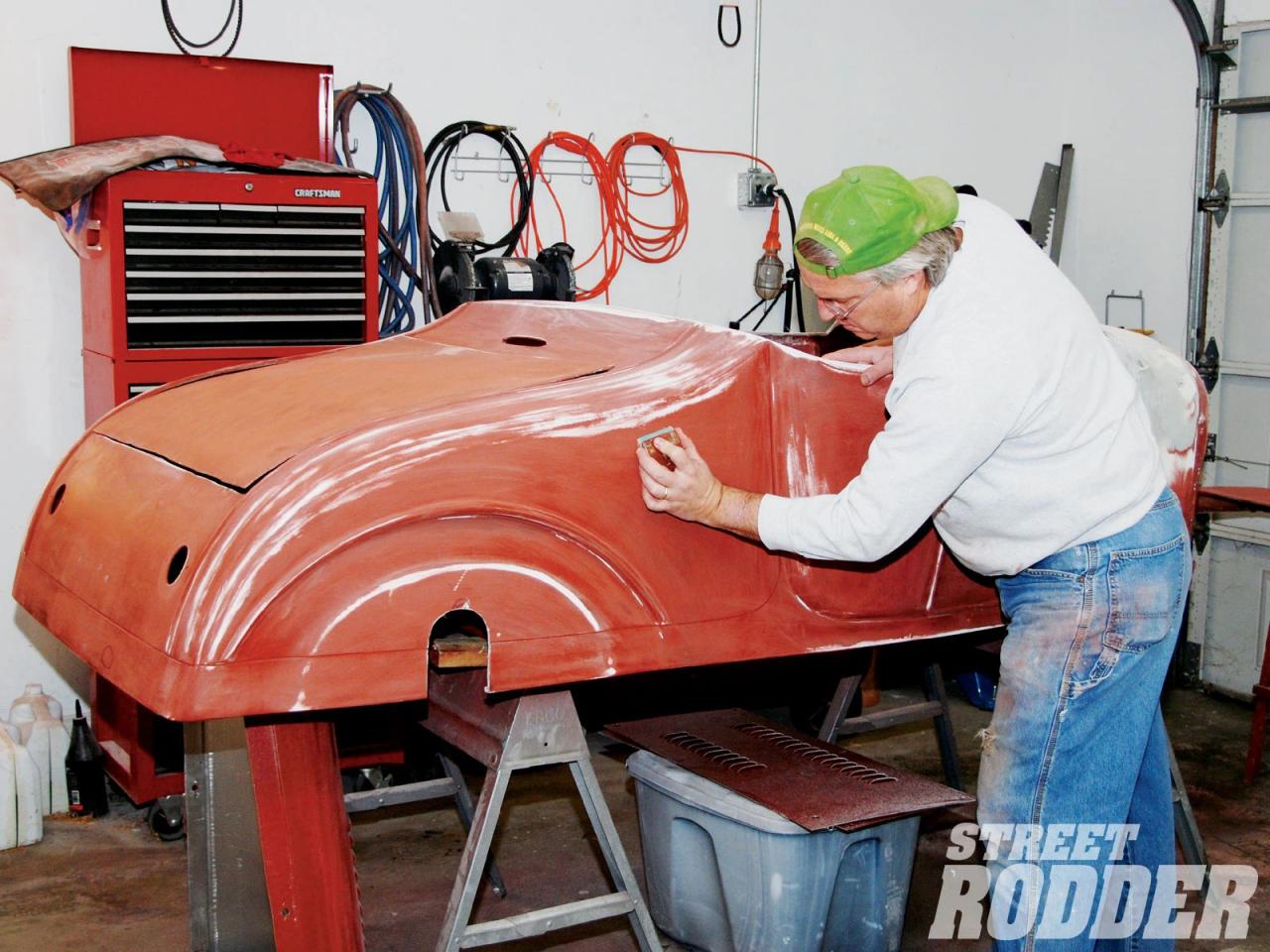Start of a paint job nyt – Embark on a painting adventure with “Start of a Paint Job: A Comprehensive Guide for a Perfect Finish.” Whether you’re a seasoned decorator or a novice with a brush, this guide will empower you with the knowledge and techniques to transform your space with a flawless paint job.
From meticulous planning to expert application and finishing touches, this guide covers every aspect of painting, ensuring a professional-looking result that will elevate your home or project.
Introduction

This article aims to provide a comprehensive overview of the initial stage of a paint job, addressing both home improvement and artistic endeavors. The “start of a paint job” marks a crucial phase, as it sets the foundation for the overall success and aesthetic appeal of the final product.
Whether you’re tackling a home renovation project or embarking on an artistic creation, understanding the significance and nuances of this initial stage is paramount. This article will delve into the essential aspects of preparing for and executing the start of a paint job, ensuring a smooth and successful outcome.
Planning and Preparation: Start Of A Paint Job Nyt
Planning and preparation are crucial for a successful paint job. Before starting, take the time to consider the following:
Choosing the Right Paint, Tools, and Techniques
The type of paint you choose will depend on the surface you’re painting, the desired finish, and the durability required. Consider factors such as:
- Type of surface (wood, metal, drywall, etc.)
- Interior or exterior use
- Sheen (glossy, semi-gloss, satin, matte)
- Coverage (square footage per gallon)
For tools, you’ll need brushes, rollers, trays, drop cloths, and safety gear. Choose high-quality tools that are appropriate for the job.Different techniques can produce different effects. For example, using a brush can create a more textured finish, while rolling is smoother.
Surface Preparation
Before applying paint, it’s essential to prepare the surface properly. This involves:
- Cleaning the surface to remove dirt, dust, and grease
- Sanding the surface to smooth out any imperfections
- Priming the surface to create a good base for the paint
Application Techniques

Applying paint effectively is crucial for a successful paint job. Various techniques can be employed, each with its advantages and suitability for specific situations.
Brushing, Start of a paint job nyt
Brushing involves using a brush to apply paint in a controlled manner. It is suitable for intricate areas, edges, and touch-ups. To achieve a smooth finish, use a high-quality brush with soft bristles. Apply the paint in thin, even strokes, avoiding excessive pressure.
Rolling
Rolling is a more efficient method for covering large surfaces. A paint roller distributes paint evenly, creating a smooth and consistent finish. Choose a roller with a nap length appropriate for the surface texture. Apply the paint in overlapping strokes, rolling in a W or V pattern to minimize streaks.
Spraying
Spraying uses a spray gun to apply paint in a fine mist. It is ideal for large areas, providing a uniform and professional-looking finish. However, it requires specialized equipment and proper ventilation. Practice on a scrap surface before applying paint to the actual surface.
Safety Considerations

When working with paint and related materials, prioritizing safety is paramount. Paint and solvents can pose potential health risks, so it’s crucial to take necessary precautions to protect yourself and the environment.
To ensure a safe painting experience, adhere to these guidelines:
Proper Ventilation
- Ensure adequate ventilation in the painting area. Open windows and doors, or use fans to circulate air and prevent the buildup of fumes.
Protective Gear
- Wear appropriate protective gear, including a respirator, gloves, and eye protection, to minimize exposure to harmful substances.
Disposal of Hazardous Waste
- Dispose of paint and solvent waste properly. Do not pour them down drains or discard them in regular trash. Check local regulations for designated disposal facilities.
Potential Health Risks
- Be aware of the potential health risks associated with paint and solvents. Inhalation of fumes can cause respiratory problems, skin contact can lead to irritation or allergic reactions, and ingestion can be toxic.
Troubleshooting Common Problems

Even the most meticulous painters can encounter issues during a paint job. Here are some common problems and solutions to help you achieve a flawless finish.
When painting, it’s essential to identify and address any problems that may arise promptly. This proactive approach will save you time and effort in the long run and ensure a high-quality paint job.
Drips and Runs
Drips and runs occur when the paint is applied too heavily or the brush is overloaded. To prevent drips, use a light touch and avoid dipping the brush too deeply into the paint. If drips or runs do occur, gently brush over them with a dry brush to smooth them out while the paint is still wet.
If you’re about to start a paint job, it’s helpful to know the metric conversions. For instance, how many centimeters are in 6.9 kilometers? Find out here . This will help you calculate the amount of paint you need and ensure you have enough on hand to complete the job.
Peeling Paint
Peeling paint can be caused by inadequate surface preparation, moisture, or incompatible paint types. Ensure the surface is clean, dry, and free of dirt or debris before painting. If the surface is damp, allow it to dry thoroughly before applying paint.
Use the correct type of paint for the surface you’re painting to prevent peeling.
Repairing Damaged Paint
Minor paint damage can be repaired using touch-up paint. Clean the damaged area, sand it lightly, and apply the touch-up paint. For larger areas of damage, you may need to repaint the entire surface.
Repainting Surfaces
If you need to repaint a surface that has been previously painted, it’s important to prepare the surface properly. Clean the surface, sand it lightly, and apply a primer before painting. This will ensure the new paint adheres properly and provides a durable finish.
Finishing Touches
The final step in any paint job is applying a clear coat or sealant. This protective layer not only enhances the appearance of the painted surface but also safeguards it from the elements, ensuring its longevity.
To achieve a professional-looking result, follow these tips:
Surface Preparation
- Ensure the painted surface is completely dry and free of dust or debris.
- Lightly sand the surface with fine-grit sandpaper to create a smooth base for the clear coat.
Clear Coat Application
- Apply thin, even coats of clear coat, allowing each coat to dry thoroughly before applying the next.
- Use a high-quality brush or spray gun for a smooth, consistent finish.
Additional Techniques
Consider these additional techniques to enhance the aesthetics of the painted surface:
- Waxing or Polishing:Enhance the shine and protect the clear coat with a wax or polish.
- Glazing:Apply a transparent glaze over the painted surface to add depth and richness.
- Texturing:Create unique patterns or textures by applying a textured clear coat or using special brushes.
Examples and Case Studies
To solidify our understanding of effective painting techniques, let’s explore real-world examples and case studies that showcase the successful application of best practices. These case studies will provide visual and practical insights into the transformative power of paint.
We’ll examine how professionals and homeowners alike have achieved stunning results in various settings, from residential properties to commercial spaces. By studying before-and-after photos, we’ll gain a deeper appreciation for the impact that paint can have on aesthetics, functionality, and overall ambiance.
Residential Renovations
- Case Study: A charming Victorian home undergoes a dramatic transformation, with its once-dull exterior焕然一新 with a fresh coat of vibrant blue paint. The new color scheme complements the home’s architectural details, enhancing its curb appeal and creating a welcoming atmosphere.
- Example: A cozy cottage receives a modern update with a neutral color palette. The use of light gray and white tones creates a sense of spaciousness and serenity, while pops of color in the furnishings add a touch of personality.
Questions Often Asked
What is the most important step in painting?
Proper surface preparation, including cleaning and sanding, is crucial for a smooth and durable finish.
How can I choose the right paint for my project?
Consider the surface type, desired finish, and environmental factors when selecting paint.
What are some common mistakes to avoid when painting?
Overloading the brush, not allowing enough drying time, and neglecting to stir the paint thoroughly can lead to imperfections.